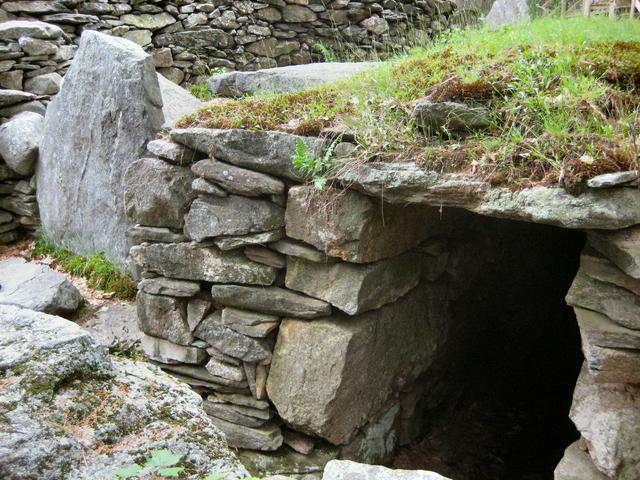Salem is a city in New Hampshire.

- America's Stonehenge, 105 Haverhill Rd, +1 603-893-8300. 9AM-5PM. An archeological site consisting of a variety of stone structures of undetermined origin. The site includes extensive walking trails and an alpaca farm. $10.
America's Stonehenge, 105 Haverhill Rd, +1 603-893-8300. 9AM-5PM. An archeological site consisting of a variety of stone structures of undetermined origin. The site includes extensive walking trails and an alpaca farm. $10.
- Rockingham Park, Rockingham Park Boulevard, +1 603 898-2311. Harness racing in summer from Memorial Day weekend through Labor Day weekend. Occasional family day events.
- Canobie Lake Park. - located in Salem
Rockingham Park, Rockingham Park Boulevard, +1 603 898-2311. Harness racing in summer from Memorial Day weekend through Labor Day weekend. Occasional family day events.
Canobie Lake Park. - located in Salem
